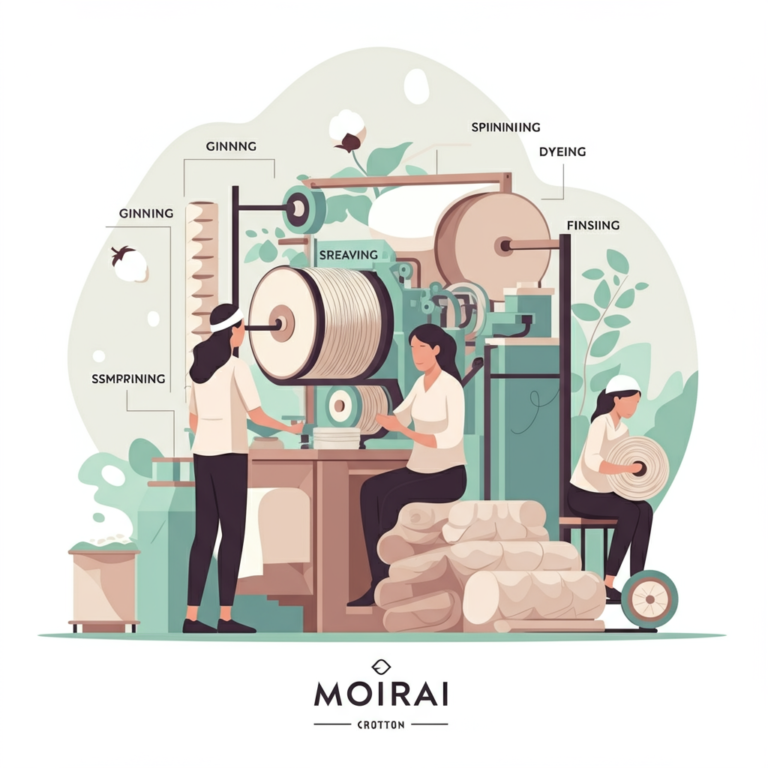
[thirty] Indian textiles dominated the Indian Ocean trade for centuries, were being bought during the Atlantic Ocean trade, and experienced a 38% share in the West African trade during the early 18th century, whilst Indian calicos were A significant force in Europe, and Indian textiles accounted for 20% of overall English trade with Southern Europe in the early 18th century.[33]
Indian cotton textiles, notably People from Bengal, continued to maintain a competitive edge up until the 19th century. In order to contend with India, Britain invested in labour-preserving technical development, while implementing protectionist insurance policies like bans and tariffs to restrict Indian imports.[38] Concurrently, the East India Firm's rule in India opened up a different market for British items,[38] even though the cash amassed from its rule was applied to take a position in British industries for instance textile manufacturing and significantly maximize British wealth.[39][forty][41] British colonization also forced open the large Indian current market to British goods, which could be offered in India with no tariffs or responsibilities, when compared to local Indian producers, while raw cotton was imported from India without having tariffs to British factories which created textiles from Indian cotton, supplying Britain a monopoly more than India's massive market and cotton methods.
Land is a worthwhile pure source that performs an important part within the survival and prosperity of human Modern society.
Handheld roller cotton gins were Utilized in India since the 6th century, and was then introduced to other nations around the world from there.[28] Between the 12th and 14th hundreds of years, dual-roller gins appeared in India and China.
Cotton fibers, with their unique hollow framework and twists, give strength and durability. On top of that, the size of cotton fibers plays a crucial position in identifying the standard of the fabric made.
Cotton textile output was mainly concentrated in Catalonia and with the mid-nineteenth century, resulted in Catalonia starting to be the principle industrial location of Spain. Also a large cotton textile factory existed in Malaga in latter 50 % on the nineteenth century.
The federal government of India has come to enact read more sure guidelines with the promotion of cotton textiles. In October 2021, There was an announcement for the institution of 100 textile equipment within the nation with the promotion of entire world trade and the growth of cotton textile industries. MUDRA Scheme has been recognized for that support of handloom weavers.
Cotton is without doubt one of the major exports from India and cotton yarns, garments, and many others are among the most important exports.
The textile industry in India, typically soon after agriculture, is the only real industry inside the country which includes generated massive-scale work for the two skilled and unskilled labour.
Revitalize your windows with our Zebra Shades – an impeccable blend of style and practicality. Transcend regular window coverings, the Zebra Shade is a press release piece that simply marries aesthetics and functionality.
*India enjoys a comparative gain concerning expert manpower and in cost of production, relative to major textile producers.
This aspect is useful for cotton clothes as it helps in humidity absorption, preserving the pores and skin dry and comfy.
This portion demands additional citations for verification. You should assist increase this short article by adding citations to trustworthy resources During this area. Unsourced material can be challenged and eliminated. (December 2012) (Learn the way and when to remove this information)
The treatment for weaving cotton yarn into fabric is comparable to that for other fibers. Cotton looms interlace the tense lengthwise yarns, called warp, with crosswise yarns identified as weft, or filling. Warp yarns frequently are taken care of chemically to avoid breaking during weaving.